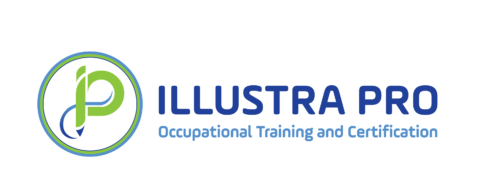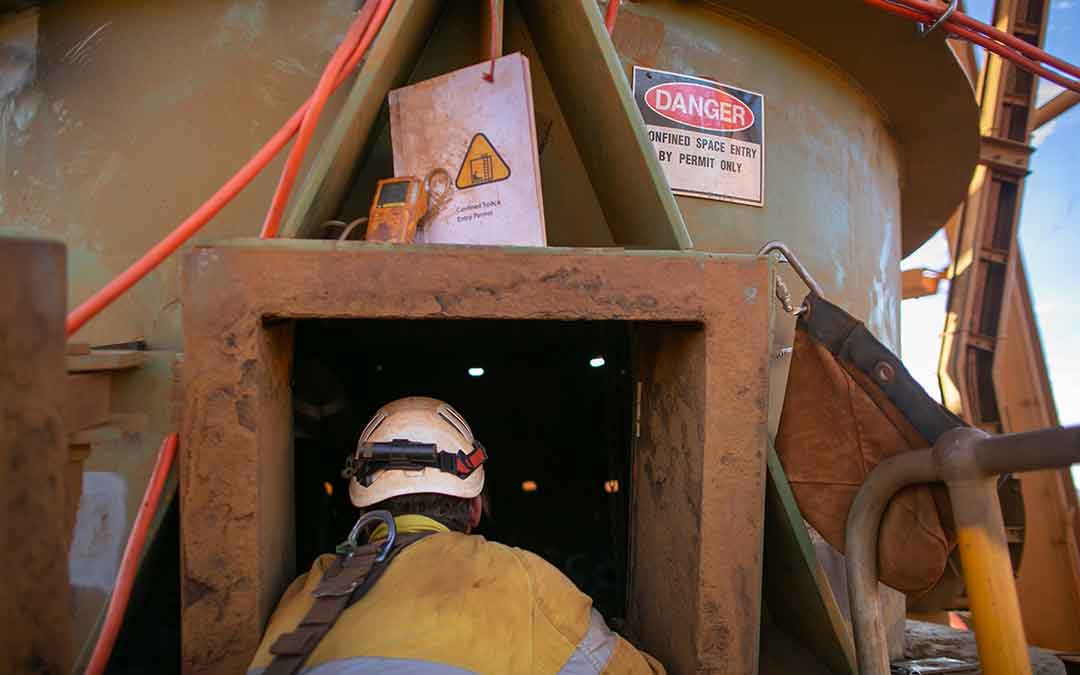Maintenance, remodeling, or modernization of military vessels are considered high risk operations because of the many dangers that are bound to be encountered by the workers involved in working in confined spaces. These areas are located inside ships, offshore drilling platforms, and in shipbuilding facilities. Dangers to workers in confined spaces include exposure to hazards like physical dangers, toxic vapors, fumes and gasses, and even death.
Hazard control, safe work practices, protective gear, and other control measures like confined spaces rescue should always be used to protect the workers in such places. In this article, we’ll look at the risks, preventive measures, and legal safeguards related to confined space injuries in the maritime industry.
What Is a Confined Space?
In the maritime industry, confined spaces are defined as areas that have limited openings, making it hard for someone inside the area to escape in the case of emergencies. In addition, confined spaces are also known for poor ventilation, which can cause a build-up of dangerous fumes or dangerously low oxygen levels. Lastly, these spaces are not designed to be occupied by workers on a regular basis.
A few common examples of such spaces include tanks, vessels, silos, storage bins, hoppers, vaults, pits, manholes, and tunnels. These spaces are referred to as “permit-required confined spaces” by OSHA and have the following characteristics:
- Potential for hazardous atmosphere.
- Limited entry and exit.
- No designed for continuous human occupancy.
- Large enough to work.
Common Hazards for Workers in Confined Maritime Spaces
Workers in confined maritime spaces face several serious dangers due to the unique conditions of these environments. Dangerous confined space work activities include:
- Inhalation Injuries
Confined spaces with poor ventilation cause dangerous situations like the following:
-
- Lack of Oxygen – Normal oxygen levels in confined spaces should be between 19.5% and 22%. Levels below this can be dangerous, often due to factors like rusting that consumes oxygen and inadequate airflow.
- Toxic fumes – Inadequate ventilation could lead to the buildup of toxic fumes in an enclosed space that may result in health problems such as skin, eye or airway irritation. These fumes can even be deadly in the worst cases. Oxygen levels that are too high (greater than 22 percent) can cause a fire hazard by allowing a fire to burn at a faster than normal rate.
- Physical Injuries
Workers who work in the confines of spaces are vulnerable to various physical injuries, including:- Crush Injuries and Broken Bones: Getting crushed by or hit by falling objects is a common result of working in tight spaces.
- Head / Neck / Back Injuries: The limited mobility and the contorted postures common in confined spaces make these injuries a constant worry.
- Cuts and Burns: Hazardous conditions and poor lighting can contribute to accidental cuts and burns.
- Fire Hazards: Fires in confined spaces can spread quickly and cause severe burns. Additionally, poor ventilation can lead to smoke inhalation and oxygen deprivation.
Facts About Confined Space Injuries in Maritime Settings
The United States Coast Guard released a Marine Safety Alert to employees in 2019 concerning the risk of engaging in working conditions in confined spaces in marine industries. This alert came after an unfortunate event in which three workers lost their lives through suffocation on a nonoperational MO DU. The Coast Guard’s alert stressed the dangerous and sometimes lethal nature of these areas.
Statistics from InterManager reveal that 310 sailors have lost their lives in confined space mishaps in the maritime business since 1996. They are composed of 224 mariners and 86 shore-based workers. In total, there were 31 confined space death incidents in 2023, including eight confined space deaths in one week in December.
Preventing Accidents and Injuries With Confined Spaces Rescue
Employers are responsible for creating the safest possible work environment. While maritime workplaces are inherently risky, several measures from the OSHA confined space rescue requirements can significantly reduce these risks. Such requirements include:
- Hazard Identification and Control – OSHA has emphasized that all hazards should be identified and evaluated and that control measures for them should be implemented as well. To identify and control hazards it’s essential to collect and organize information about potential dangers in confined spaces and determine how to manage these hazards. In addition, organizations must also develop and enforce measures like confined space rescue plan to control and mitigate risks and regularly review and update these measures.
- Safety Measures – OSHA, alongside the protocols listed above, has also mentioned various safety measures that are to be implemented. These measures include:
-
- Installing and maintaining fall protection systems to prevent falls and accidents.
- Ensuring that work platforms, entryways, exits and ladders are in good condition and secure.
- Equipping workers with appropriate safety gear and ensuring it is used correctly.
- Provide sufficient lighting for working in confined spaces and emergency situations.
- Equipping workers with emergency lighting in case of power loss or falls.
- Using a buddy system for workers in confined spaces and regularly checking on them.
- Testing the air in confined spaces and providing workers with appropriate ventilation or masks.
- Providing rescue confined space training on confined space operations and only allowing trained workers to enter these spaces.
- Practicing emergency drills specifically for confined space incidents.
Laws That Protect Injured Maritime Workers
Maritime workers who suffer injuries in confined spaces are protected by several laws other than those pertaining to confined spaces rescue. Some of these laws include:
1. The Jones Act
Jones Act allows seamen who have been hurt due to no fault of their own to sue for damages. The Jones Act is a powerful federal law used to protect workers who are injured due to their employer’s negligence or an unsafe vessel.
2. The Longshore and Harbor Workers’ Compensation Act (LHWCA)
Under the LHWCA, there’s no need to prove negligence under this worker’s compensation law for shore-based personnel. It guarantees workers a way to be paid for injuries received on the job.
3. The Outer Continental Shelf Lands Act (OCSLA)
Extending the LHWCA’s protections, the OCSLA covers offshore workers, including those on oil rigs and platforms. It provides workers compensation for injuries sustained in confined spaces and benefits for the dependents of workers who die in workplace accidents.
Conclusion
There are huge risks when it comes to confined space injuries in the maritime industry, but proper hazard assessment and safety measures, like confined spaces rescue, can help reduce these. Through strong safety protocols and the understanding of legal options, maritime stands to reduce their injuries, further encouraging a safer workplace.
Contact Illustra Pro to learn more about confined spaces dangers in the Maritime Industry to ensure the safety of your workers and decrease injuries and accidents related to confined spaces.

